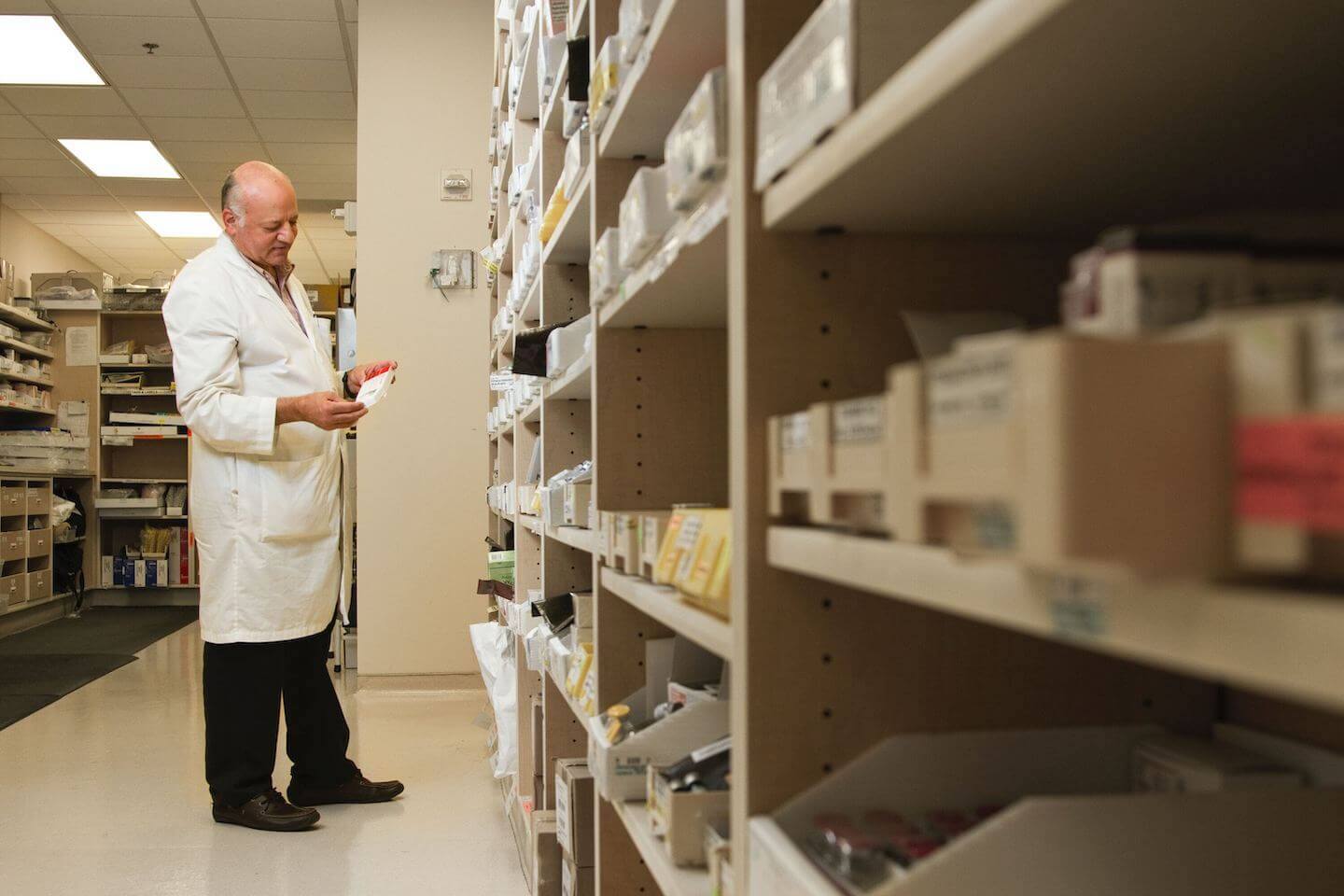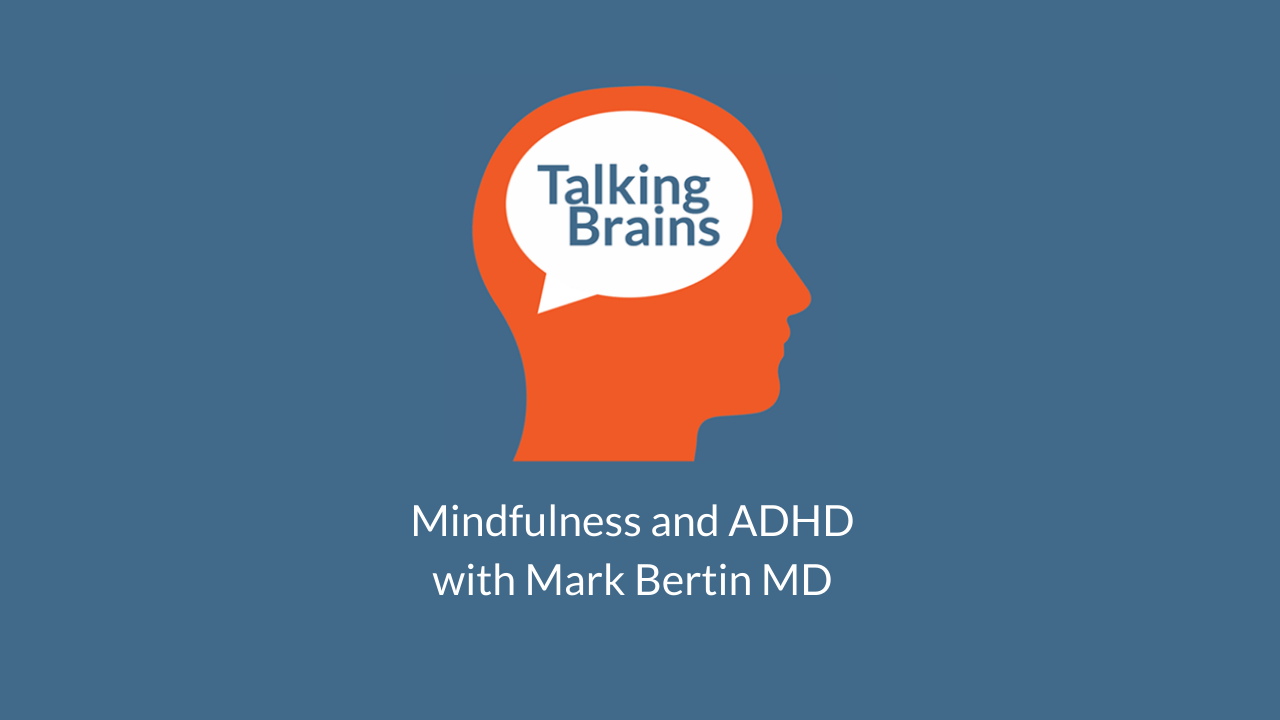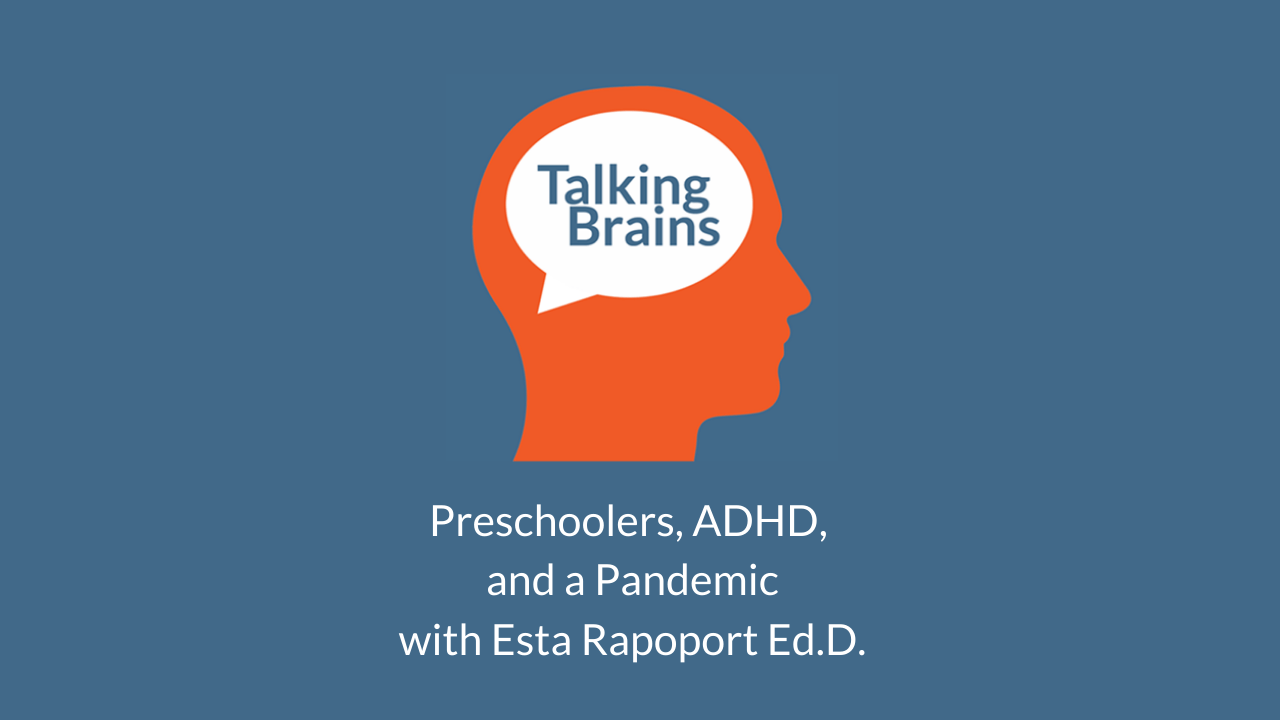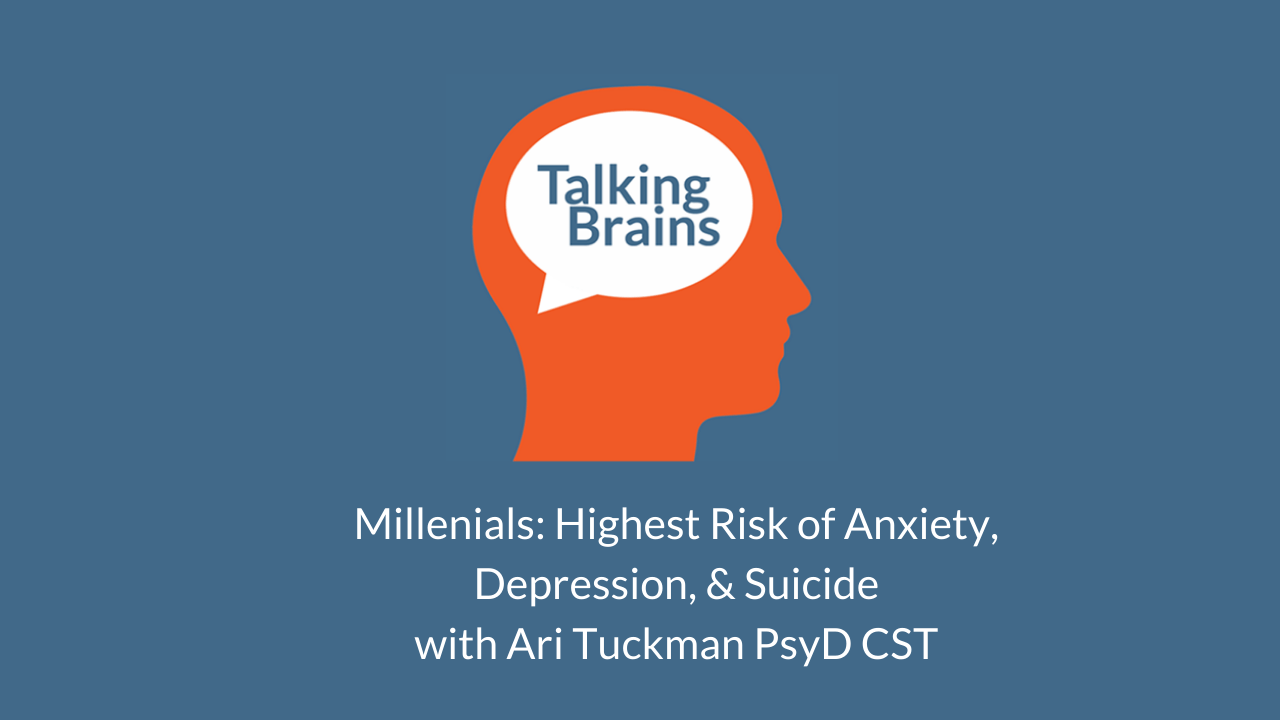The study:
Fifteen children with ADHD and 23 children without ADHD (7 to 12 years old) had their sleep monitored by a polysomnography device (see “Glossary” below) and parents completed sleep questionnaires. Children were not on medication, were in good health, and did not have any caffeine for seven days prior to the study. Children were monitored in their own homes and went to bed at their regular bedtimes.
It was found that children with ADHD had a shorter duration of REM sleep (see “Glossary” below), a smaller percentage of time spent in REM sleep, and shorter sleep duration. Children with ADHD also had higher scores on “insufficient sleep” and sleep anxiety factors than the non-ADHD group.
Glossary:
Polysomnography device – This device measures physiologic (or body) data during sleep. These devices can measure brain activity, breathing capability, and movement, among other factors.
REM sleep – REM stands for “Rapid Eye Movement”. It is a stage of sleep where dreaming usually occurs. A lack of REM sleep can lead to irritability, anxiety, and difficulty concentrating.
Citation:
Gruber, R. Xi, T., Frenette, S, Robert, M., Phetsamone, V., & Carrier, J. (2008). Sleep disturbances in prepubertal children with attention deficit hyperactivity disorder: A home polysomnography study. Sleep, 32(3), 343-350.
Thanks to Kristina Rizk for the article!





